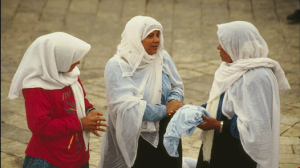
Arabic is one of the world’s leading languages, spoken by more than 100 million people around the world. Although the origin of the word “Arab” is not certain, it is believed to mean “those who speak clearly,” or someone whose native language is Arabic.
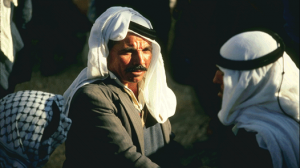
Today the word “Arab” refers not only to the people of the Arabian Peninsula, but to large segments of the population of the Middle East and North Africa as well.
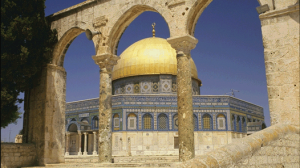
The most important unifying force in the Arab world is Islam, founded by the Prophet Muhammad in the 7th century A.D. and codified in the Qur’an (or Koran), Islam’s Holy Book. The Dome of the Rock in Jerusalem, Islam’s oldest surviving shrine (built between 685 and 691), marks the spot where Muhammad ascended into heaven.
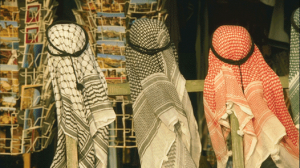
The traditional men’s headdress common throughout the Arab world consists of a skullcap (taqia or qahfa) covered by a long cloth (gutra) and held in place with a woolen cord (al iqal or ghizam).
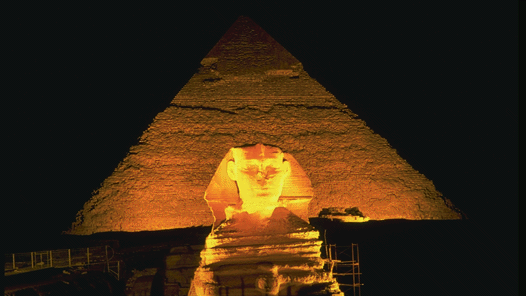
The most populated Arabic-speaking country is the Arab Republic of Egypt, with a population of over 60 million. Egypt, whose capital is Cairo, is located at the northeastern corner of Africa; the ancient Egyptian civilization, which flourished more than 3,000 years ago is one of the world’s oldest. The Coptic language, related to ancient Egyptian, can still be heard in Coptic Christian church services.
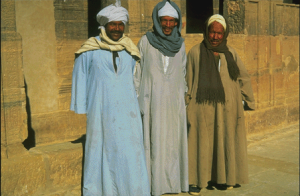
The Kingdom of Saudi Arabia occupies four-fifths of the Arabian Peninsula, considered the ancestral home of all Arabs. Since several of its boundaries remain undefined, the exact area of the country is not known, but is estimated at 864,900 square miles (2,240,000 square kilometers). Mecca, Muhammad’s birthplace and the holiest city of Islam, is located in Saudi Arabia.
